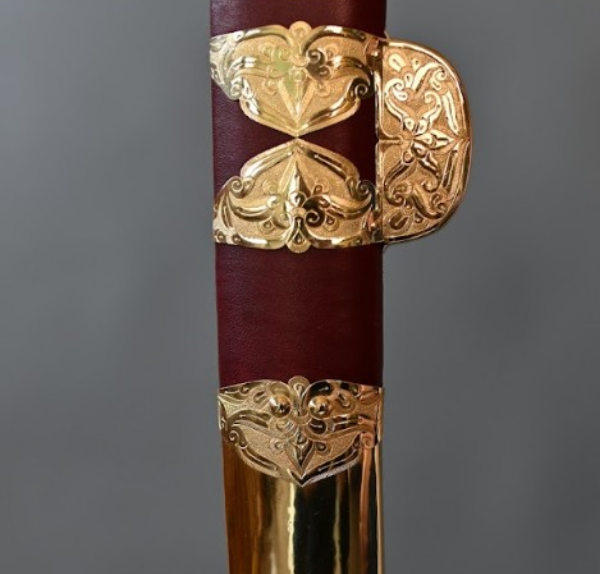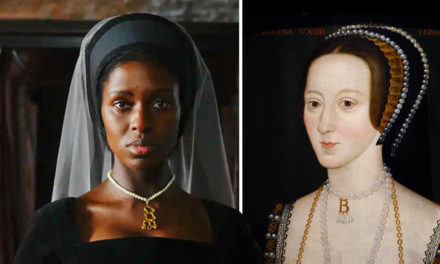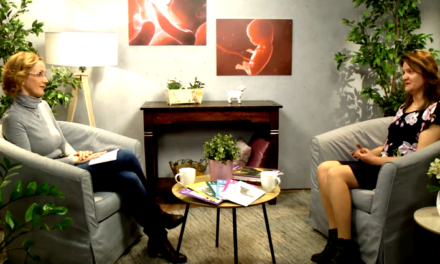If you haven't seen it yet, you can see an authentic copy of the famous golden saber until St. Stephen's Day: the famous find from Geszteréd will be on display at the Hungarian National Museum for an extended period of time, until August 20.
Fragments of the original golden saber from the time of the conquest and the more than a hundred gold, silver, bronze and iron objects found next to it (buckles, belt ends, belt buckles and horse tools) are kept in the András Jósa Museum in Nyíregyháza. In 1927, Geszteréd found an incomparably rich collection of finds from the time of the conquest.
The founders also formulated the goal of making an authentic copy of the golden saber from Geszteréd, which was exhibited in the Hungarian National Museum in mid-May. The reconstruction of the 10th century weapon, decorated with gold hammers, has become an art object in itself, so the museum decided to extend its exhibition period.
The forging of the weapon was preceded by thorough preparatory work, which required the knowledge and experience of archaeologists to make the reconstruction as authentic as possible.
In 2019, the Geszteréd Golden Saber Society asked traditional gunsmith István Szabó, a folk craftsman, to make the blade of the saber, and goldsmith Ádám Strohmayer to decorate it, based on the archaeologists' description.
In Geszteréd, the most prestigious assemblage of findings from the time of the conquest was found, the most beautiful piece of which is a saber with gold fittings. On the afternoon of May 4, 1927, János Balázs, the boy guarding the pigs, found the grave north of the village, near the manor house called Nyíritag. He reported to László Geszterédi-Goldstein, the tenant of the estate.
They picked up the bones, tried to collect everything, but it was not easy. The pigs roamed around the valuable objects in a large area, trampled and chewed up everything that came in front of them. The collection work was not perfect. The tenant called the gendarmerie to the site the next day, but before their arrival, the residents of the farm had already left and collected everything they could find.
Almost everyone kept something from the rich finds, which László Goldstein tried to collect by going from house to house. Then he notified the director of the Nyíregyháza museum, Lajos Kiss, the renowned ethnographic researcher. He excavated the area around the grave in Geszteréd, but after two days of digging he found only small bruises and a larger silver plate.
The golden saber could certainly have been worn by a high-ranking man who was part of the conquest.
János Rácz, the president of the Geszteréd Aranyszablya Társaság, said: "Of course, no written memory has survived, according to the archaeologists, he was a high-ranking person close to the highest leadership of the Hungarian people, he could even have been one of our conquering princes. The nature of the burial suggests that it was sometime in the 10th century. to his grave found in the twenties of the century".
It is interesting that in archeological and historical circles the Gesteréd saber was mentioned together with the famous Vienna saber for a long time. However, today it turned out that the Vienna XI. 16th century goldsmith's work in Kiev, which has a Hungarian connection, since Judith, wife of András I's son, Salamon, gave it to Prince Otto of Bavaria. Since this was treated as a valuable coronation decorative sword, it was never in the ground, so it remained intact, whereas the saber fragment found in Geszteréd is much older, since it really dates back to the time of the conquest.













